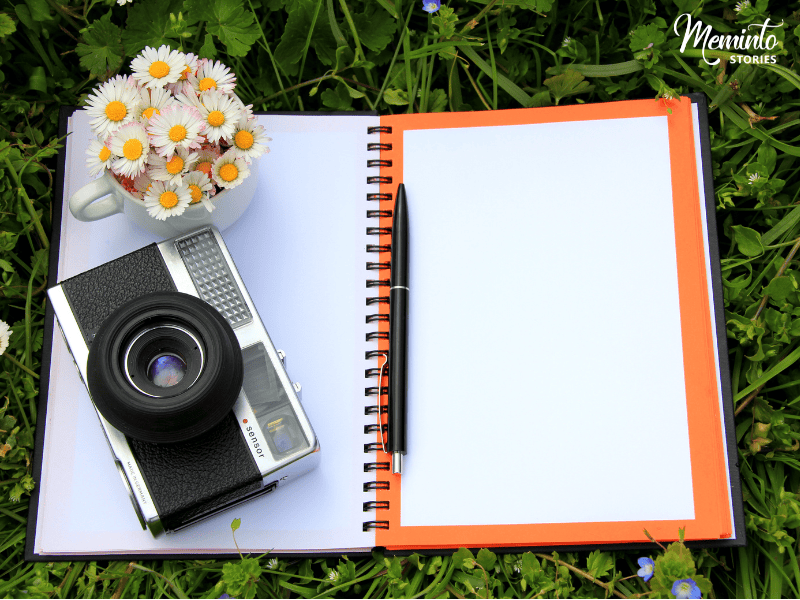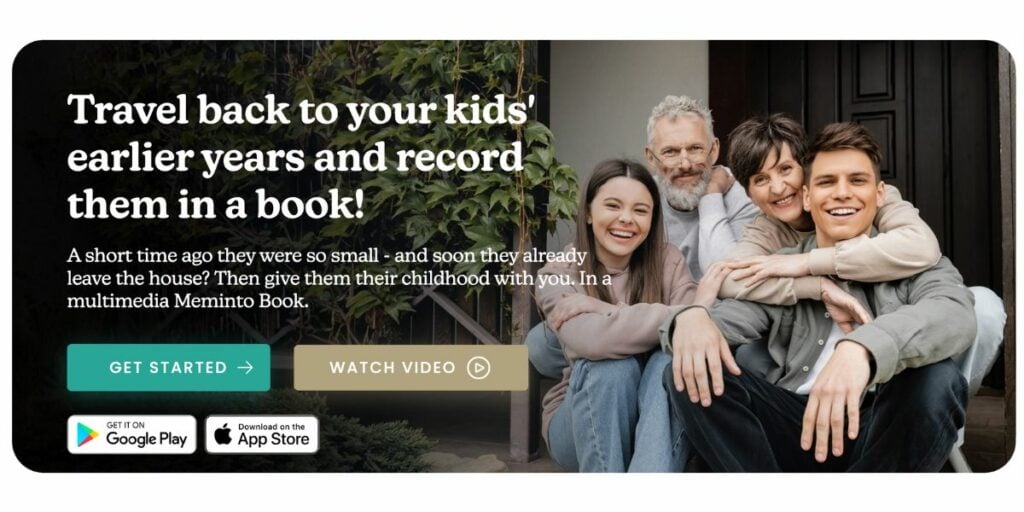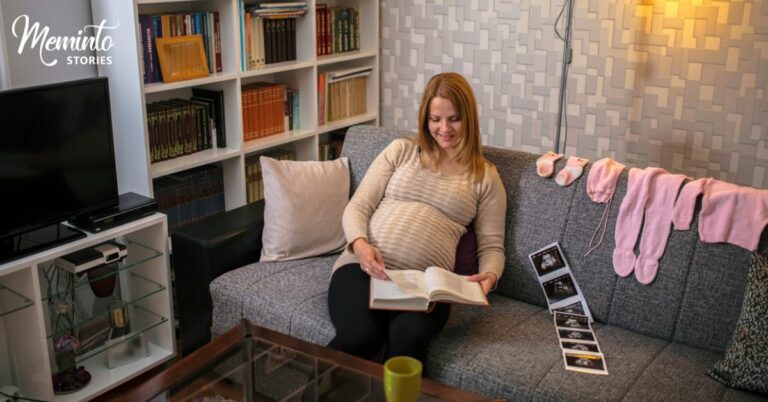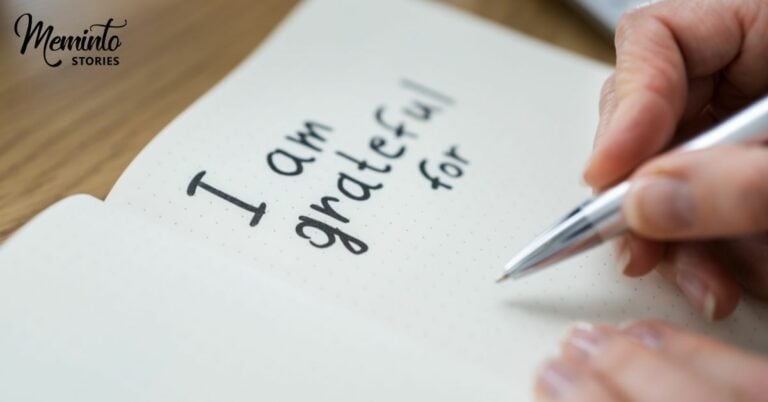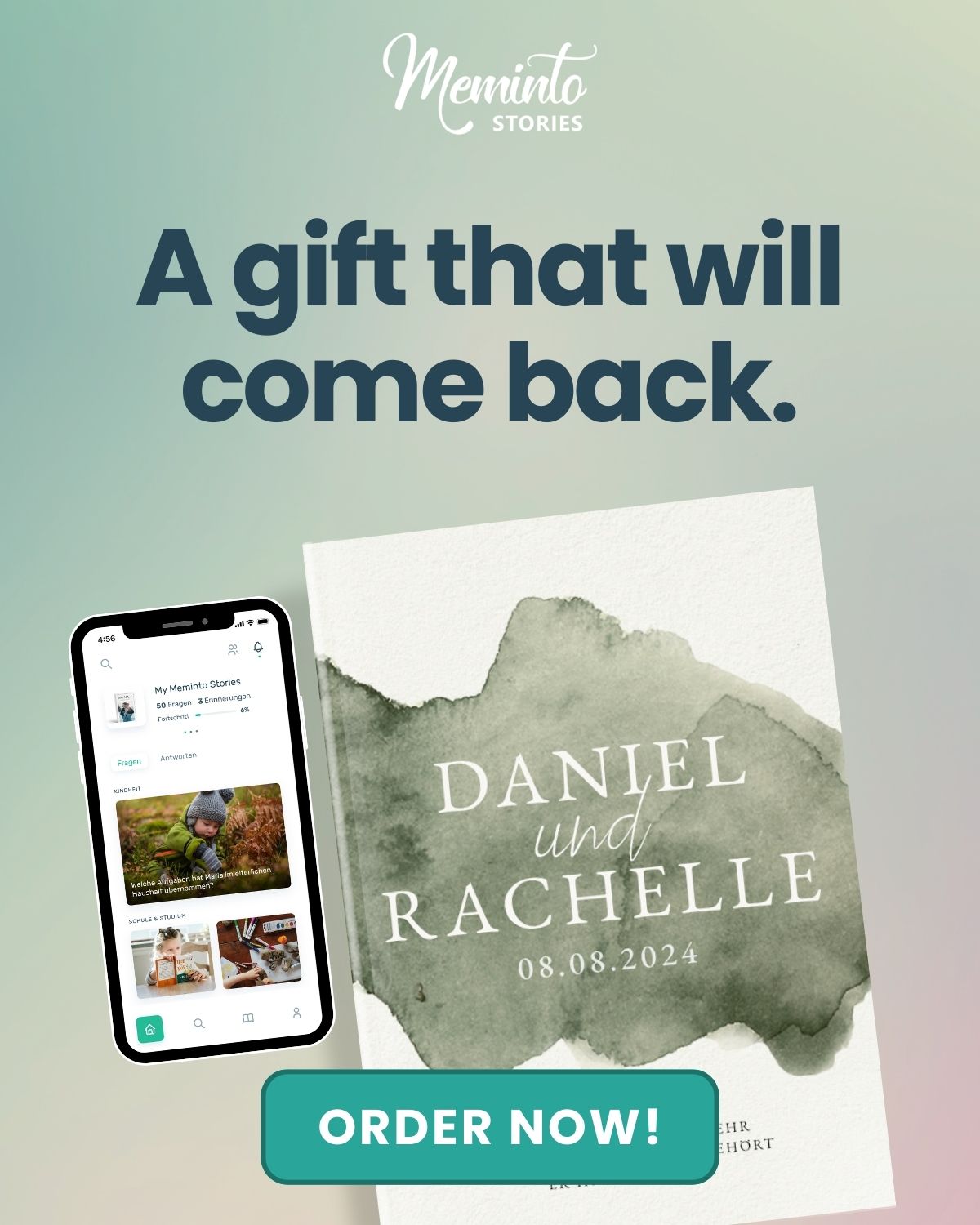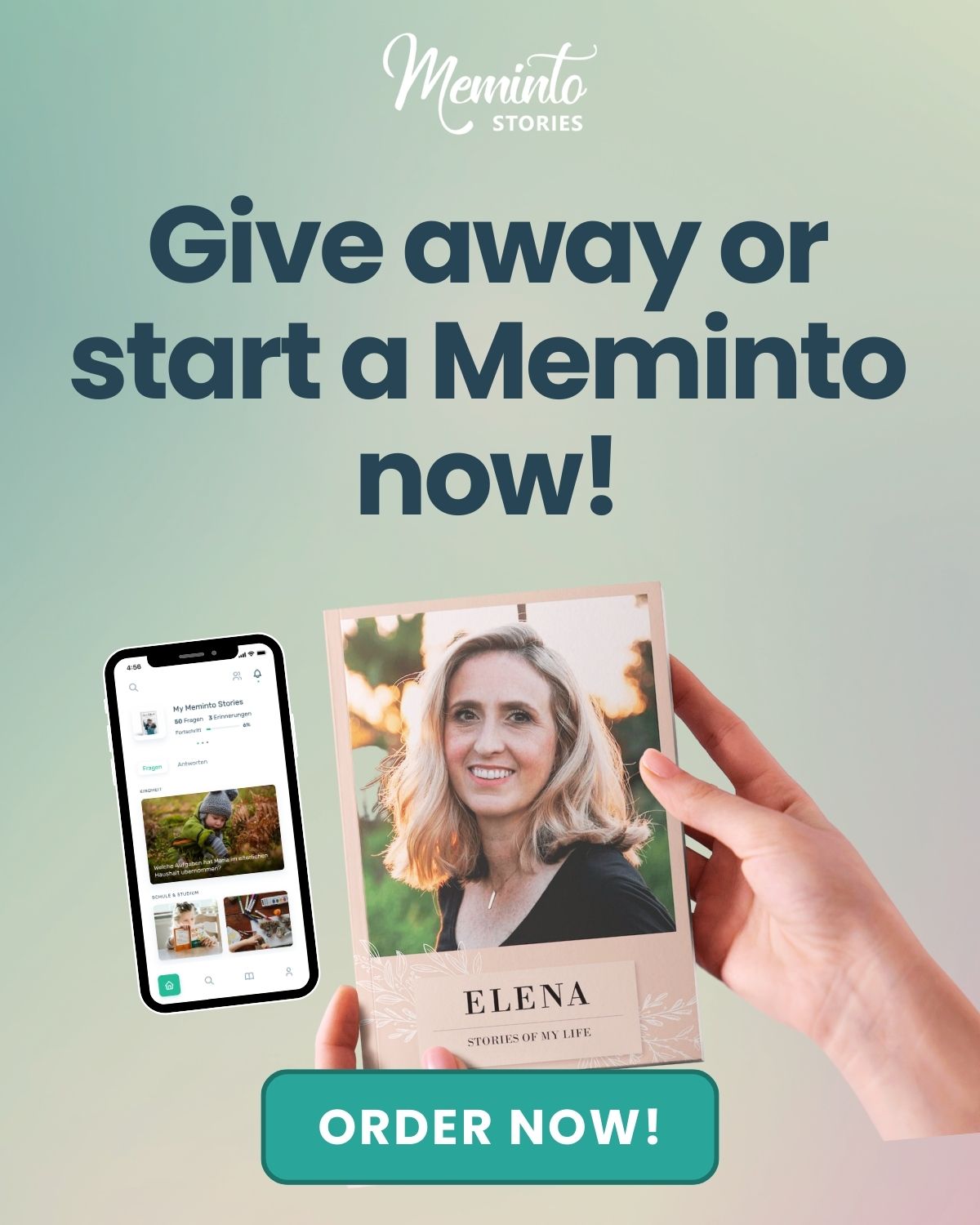Memory books are not about remembering anything; they respect the singular stories that shape students’ lives and make them feel that each moment of their journey through school is treasured and important.
Memory books help students to beautifully capture their journey in school, showing friends they made, successes achieved, and personal growth. The process of making a meaningful memory book also helps students reflect on their experiences living through the passage. Reflection fosters pride and a sense of accomplishment in passing through school. These books are supposed to be some real mementos for treasuring later with fondness and nostalgia.
Sharing and revisiting these memories with friends and family can strengthen bonds and forge lasting connections. Memory books are not about remembering anything; they respect the singular stories that shape students’ lives and make them feel that each moment of their journey through school is treasured and important.
In this article, you’ll get to learn over ten memory book ideas for students.
Key Takeaways
- Memory books help students beautifully document their school experiences, showcasing friendships, achievements, and personal growth.
- The best memory book ideas for students are all about me, academic highlights, names, a day in the life, favorite memories, books read, handwritten messages and signatures, bucket lists, field strips, and about my teacher.
Memory Book Ideas for Students
Memory books for students can be as small or large as you would like. You can create a basic one for your students or print out the pages and let those kids decide which ones to use in it. But we’ll recommend you keep it short and uniform.
Here are a few ideas of what you can include in the memory book.
1. All About Me
Imagine how much fun it would be to look back and think about what your favorite movie, TV show, color, or snacks were when you were in their grade. You can give students a chance to reflect on their favorites this year with an “All About Me” memory book.
Now, allow a few predictions about their future to be made by the children, too. You may ask them what they think they’ll become when they grow up or where they would like to live. In the future, it will be nice on their part if they can compare these predictions with what actually happens.
2. Academic Highlights
Students should have a memory book that highlights their academic accomplishments. This can include specific areas where they excelled in coursework, honors or special awards received, or their participation in any research or other out-of-class activities. These accomplishments help to remind them of just how much work they really have invested and how well they have done.
Including specific examples of that success or stories about overcoming challenges when leadership was shown or something was achieved that initially seemed unreachable is also impactful. Such reflections on these achievements may instill a sense of pride in the student and trigger the motivation to keep doing better.
3. Names
Do you remember the name or names of your principal and assistant principal from when you were in school? How about all of your classmates? I do remember my assistant principal’s name, Ms. Nixon, but I can’t remember my principal’s name. Oddly enough, I remember she loved owls. Isn’t it peculiar what sometimes gets lodged in your memory?
Thinking of past names can be fun and jog memories of classmates. Have your students jot down each classmate’s name or give them a roster to paste in their memory book. This can be not only a preserver of memories but also a real way for students to remember their time together at school with their friends.
4. A Day in the Life
Ask students to record in detail one regular day in their memory book. Ask them to note down the time they woke up, what they usually eat for breakfast, how they go to school, and at what time their school starts and ends.
5. Favorite Memories
Create specific pages in this memory book where students can capture treasured moments within and outside of school to recall memorable class trips, special achievements, exciting sports victories, funny inside jokes with friends, or acts of kindness they witnessed.
Ask them to write about their favorite school experiences from this year. Who is their favorite teacher? Where is the one spot on the school grounds where they like to spend time? What subject do they like learning best? Which school lunch do they look forward to?
Help them reach for colorful adjectives and descriptive words that bring these memories to life. They could even draw a picture or attach a tiny memento that reminds them of this moment..
6. Books Read
Reading is pretty important to the school year, so we work hard on finding books or series that kids love. Most of the time, we also read class novels together.
Ask the students to record the names of all their favorite books they have read this year, and write about one of the class novels that they have read.
7. Handwritten Messages and Signatures
What makes a memory book special for a student are the handwritten messages and signatures. The personal notes inside a memory book remind a pupil of this special bond that has formed, as well as the good influence they have caused. Filling the memory book with love and encouragement is what you request classmates, teachers, and staff to do—leave personal messages and write their signatures.
8. Bucket List
A “bucket list” is a fun idea to include in your memory book. Students can list all that they would like to do or experience in life. It really gives them a platform to reflect on their dreams and goals by writing down things they would want to do in their lives, places they would like to see, or things they want to achieve. Encourage them to be creative and think big—it’s all about imagining the future and what they hope to achieve!
9. Field Trips
Field trips are a highlight for students—such excitement during the year! Have students write and reflect about the field trips taken this year, sharing some special moments about these field trips.
10. About My Teacher
What a good idea! It’s been an eventful year of learning, and you have so far made it all fun. Now, ask them to write about what they remember most about you and what you have taught them. Better still, ask them to reflect on any life lesson which may prove valuable and stay with them forever.
Then, as an extra treat, ask them to let you read what they’ve written. It will surely fill you with pride to know about the good impact you have had and the beautiful experiences you have created for your students.
Why Are Memory Books for Students Important?
1. Record Fun Facts
And when students remember back to that time in their early school days, they like to remember what the classroom, teacher, and classmates were like, and even what they were like. This one snapshot acts as a memorial for all those school experiences one endures in the early years.
A “My Favorites” page is another favorite section in the memory book. Students love, years later, to see how preferences have changed since they made their memory book.
2. Document Special Memories
There have been so many activities and events that students have participated in throughout the school year. It is easy at the end of the year for a young student to forget some of the field trips or activities that they attended.
Before they start doing their memory books, maybe you want to review the pictures from this school year or brainstorm as a class all of the various activities that students participated in. This helps students remember these special moments and choose which ones they want to include when making their memory books.
3. Think About the Future
When most people think of a “memory book,” they probably think about recording things that have happened in the past. It’s a worthwhile addition to include future thoughts in memory books, too. This helps students discuss the next grade and their feelings about it. They will often have many mixed emotions about leaving their current class and starting with a new teacher.
Another fun idea is asking them what they want to be when they grow up. This would make an excellent addition to memory books, helping students remember their dreams when they were little.
4. Strengthen Fine Motor Skills
We love finding fun ways for our students to be able to practice their fine motor skills as primary-grade teachers. Making a student memory book is perfect for this since it allows work on handwriting and coloring. Even better, these books will become such special keepsakes they’ll enjoy looking back on when they’re older, often motivating them to put extra effort to their writing and coloring.
Another great idea is to add some interactive crafts into the memory book. They can cut and glue pieces—more fine motor practice there, too. For example, one page could be a bucket list where they list things they want to do in their lifetime.
5. Practice Social Skills
There are so many ways to use the memory book from school to help students practice their social skills!
If their memory book has an autograph page, this is an excellent opportunity for students to practice getting signatures from classmates. It is well worth taking a minute to show them how to do it. First, model how to get someone’s attention without interrupting them. Secondly, model how to request an autograph nicely. Finally, show them how to thank the person who signs their book.
When the memory books are done, the students could also start practicing how to share them with others. They could do this by taking turns sharing their memories with each other to practice listening and give compliments on peers’ books.
How to Create a Unique Memory Book for Students Using Meminto
Here’s how you can use Meminto to create a memory book for students:
- Go to https://meminto.com/product/youthbook/ and locate the “Get Started” button.
- Decide if you are making the book for yourself (“I will”) or as a gift for someone else (“Someone else will”).
- Choose the number of pages you want and specify if you need extra copies or prefer digital versions. Then, click “Add to Cart.”
- Enter your shipping details, choose your payment method, and apply any available promo codes.
- Review your order details and track its status on the checkout page.
- Check your email for a confirmation containing an activation code. Copy the code and visit https://memin.to/register.
- Fill out your personal information, enter the activation code, and create a password. Click “Sign up for Meminto” to start writing your story.
- Select your language preference (German or English) and choose the day you want to receive weekly writing prompts. Click “Save Changes.”
- Customize your book by choosing the alignment of text and how sections are organized.
- Further personalize your book to match your preferences.
- Watch the instructional video below for guidance on using the Meminto app.
You are currently viewing a placeholder content from YouTube. To access the actual content, click the button below. Please note that doing so will share data with third-party providers.
More InformationConclusion
Memory books for students really do capture the essence of the school years. Those books become treasured keepsakes that underline meaningful friendships, celebrate academic successes, and showcase personal growth. It makes them feel proud of all their experiences and feel like every moment in their educational journey has been worth it.

